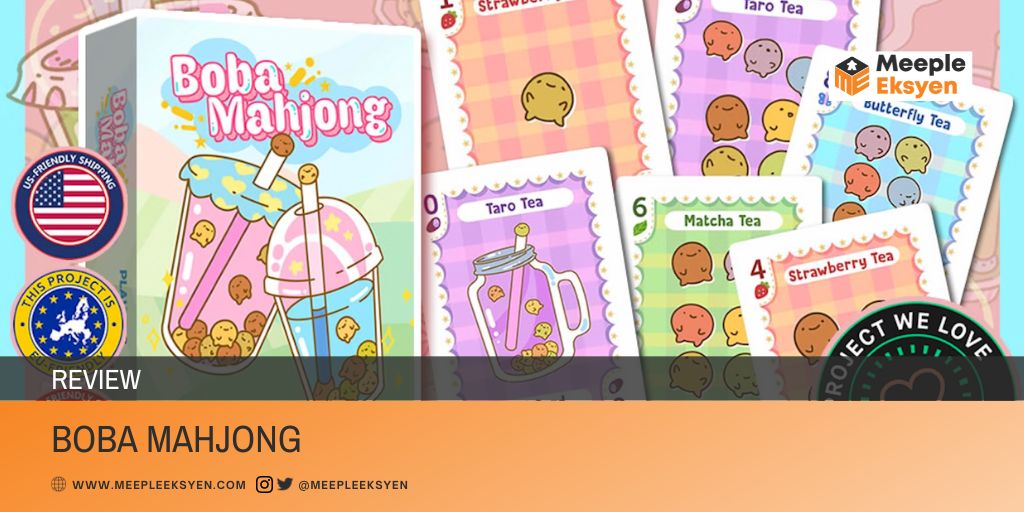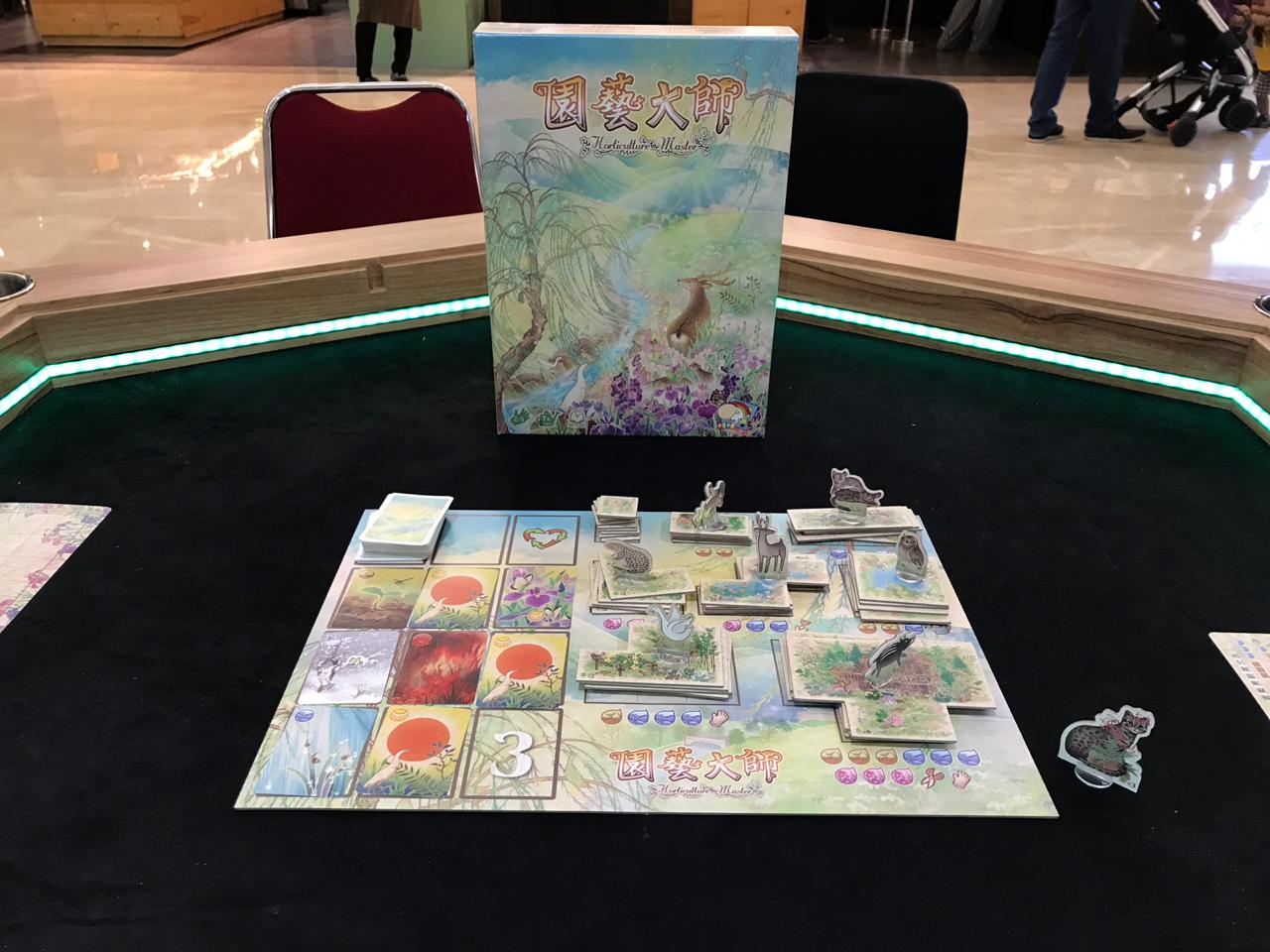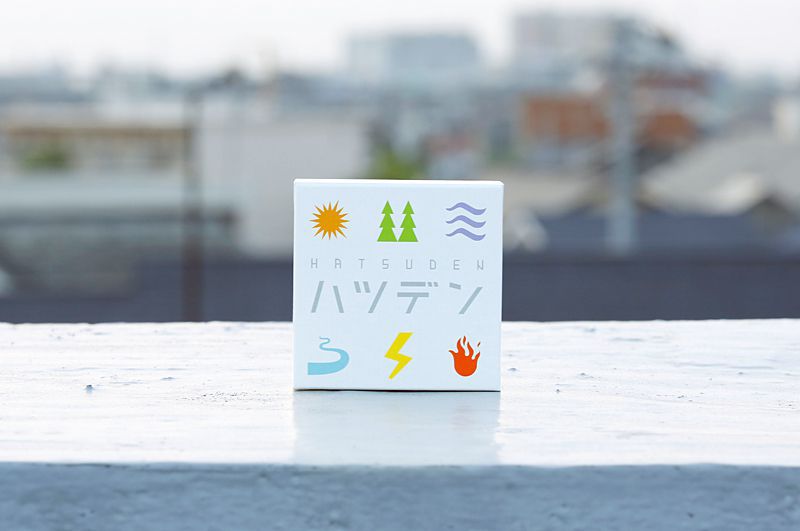With milk tea gaining widespread popularity in Taiwan, pinpointing the exact origins of the boba drink proves challenging. This culture began to take shape in the late 1980s. As we assess the current landscape, it’s evident that this beverage has not merely endured the passage of decades. Boba drinks have actually prospered and expanded globally. It’s worth noting that the term “boba” itself wasn’t coined by the drink’s creator. One can hope that Liu Han-Chieh, Father of Boba, did not name his creation after the Taiwanese slang term that equivalently translates to “boobies.” Despite the somewhat unrefined name, boba has evolved into a significant beverage culture in the on a global scale. Even board games start to incorporate this drink for their thematic backgrounds.
Besides the Taiwanese gastronomy, Boba Mahjong also flaunts the latter part of its name: the mahjong. Its history stretches more than boba. Originated in the 1800s in China, mahjong has also spread around the globe. Nevertheless, the Taiwanese variant differs from its siblings and cousins.
A short disclaimer before you read my board game analysis
As an avid euro gamer and hardcore Legend of the Five Rings (L5R) LCG player, my reviews may reflect a preference for these styles, and I may not cover solo games/variants extensively. Please note that my personal remarks are based on my gaming experiences, and I aim to provide honest insights within the scope of my preferences.
An overview of Boba Mahjong
Inspired by the timeless classic, Mahjong, Ta-Te Wu’s creation this time streamlines the experience by relying on a more concise set of components. Instead of traditional tiles, Boba Mahjong employs cards. It then successfully trims up the complexity to accommodate two players. Besides, this enactment prunes the overall playing time. Fortunately, the whole scaling down does not imply a lack of depth and relegate Boba Mahjong to just mere cheap entertainment.
This game ingeniously incorporates the mechanic from Rummy as well, the one that is shared and found in mahjong as well: the set collection. And clearly, the discard two cards and stow one card in the scoring display is another one brought from this classic game. These implementations become the front-runner of Boba Mahjong’s gameplay.
Thanks to Kickstarter, Boba Mahjong could make its way into the hobby world. The million dollars question remains: Would this game match the sweetness of this trendy beverage? This article aims to provide an answer to that very question.
Personal analysis of Boba Mahjong
Boba Mahjong has been exclusively designed for a two-player experience. Ta-Te’s creative process has streamlined much of the intricacies inherent in traditional Mahjong, blending what remained with mechanics borrowed from Rummy. The elements from both games harmoniously interact with one another. We strategically form sets of three cards, discard two, and reserve one for scoring at the late game. The dynamic introduces a dilemma. A challenging one for both players, as they must decide which and what sets to play from their hands.
Once these two discarded cards enter the central card piles, they become fair game for both us and the opponent in their next turn. New opportunity to incorporate them into either our or their sets. Hence, our played sets contribute not only a scoring opportunity for us. And possibly to combo for our next set. We effectively turn the rest of the cards from this particular set into additional resources for our opponent, respectively.
The scoring aspect in Boba Mahjong adds another intriguing aspect into the game. Beyond the initial set-collection to play a set, players must also strategize to keep the aforementioned card from each set for the scoring purposes. It introduces another set-collection mechanic. They are meant to fulfil the requirements from five different scoring aspects. An inception of set-collection, indeed. A clever way to implement another depth of strategy to the game.
The topping cards introduce a range of effects. Some of which can be considered the epitome of take-that mechanics. Although many may derive enjoyment from such implementation, this is not really my cup of tea. They have the potential to disrupt scoring opportunities. The sets that have been diligently collected may get rendered useless. The presence of this power tends to steer Boba Mahjong towards a more reactive approach. It is not bad, actually. Players must be more cautious when playing sets, as some effects may alter what they have pursued previously.
Verdict
Boba Mahjong is a cute game. Period. The implementation for two players is something that duel-enthusiasts could appreciate in the long run. It is easy to pick and play. The double layers of set-collection steals the spotlight. Nevertheless, I don’t really like the topping effect. I would play Boba Mahjong without this implementation, though. Without the take-that, Boba Mahjong becomes a solid choice if you need a new game to play, just the two of you.
Boba Mahjong stands out as an endearing game, no doubt about it. The dedicated two-player setup makes it a gem for duel enthusiasts, offering easy accessibility and quick playability. Its double layers of set-collection truly shine. However, my personal preference leans towards a version without the topping effects. I believe Boba Mahjong remains a strong contender as a two-player game choice even without the take-that element. If you’re in need of a new game for a cozy two-player session, it’s a solid option.
Boba Mahjong stands out as a cute game. No doubt. The dedicated two-player setup makes it a gem for the duel enthusiasts. Easy to pick and quick to play. These aspects are to be appreciated in a long run. Its double layers of set-collection really steal the spotlight. However, my personal preference still repels the idea of using the topping effect for a better in-game experience. I believe Boba Mahjong remains a solid game even without this take-that element.
Do you love board games as much as we do? Support us!
Thank you for reading our articles! If you enjoyed our work and want more captivating board game contents, make sure to:
👉 Follow us on our social media — you can find us on ![]()
![]()
![]() Click one of the icons to land on our social media, or find us @meepleeksyen there, it’s just a click away! Stay updated with our latest board game reviews and previews by following us on those platforms 📱👍
Click one of the icons to land on our social media, or find us @meepleeksyen there, it’s just a click away! Stay updated with our latest board game reviews and previews by following us on those platforms 📱👍
💬 Do you have contrasting opinions? Leave a comment — share your thoughts with us, we’d love to hear (or read) yours! Have you played this game before? Did you have something similar as well? Or perhaps, something more personal, like what are your favourite board games? Let’s discuss in the comments below!
🙏 Support Us! Your generous support can help us produce even better content in the future. If you love what we do, consider making a donation to our blog. Every contribution counts and means a lot to us! You can either donate locally with Indonesian Rupiah (IDR) via Trakteer ![]() or for international readers with another currency through Buy Me a Coffee
or for international readers with another currency through Buy Me a Coffee ![]() It helps us to survive, too! 💰 Click one of the button below 👇
It helps us to survive, too! 💰 Click one of the button below 👇
I am a full-time food technologist during weekdays. However, when the calendar hits weekends, I transform into an avid board gamer. I am a hardcore Legend of the Five Rings (L5R) LCG player from Fantasy Flight Games (FFG). Current hobby: buying board games. My shelf of shame’s list is getting longer, thanks to you, Kickstarter.





